Your source for the latest cryptocurrency news — trends, analysis, and market movements.
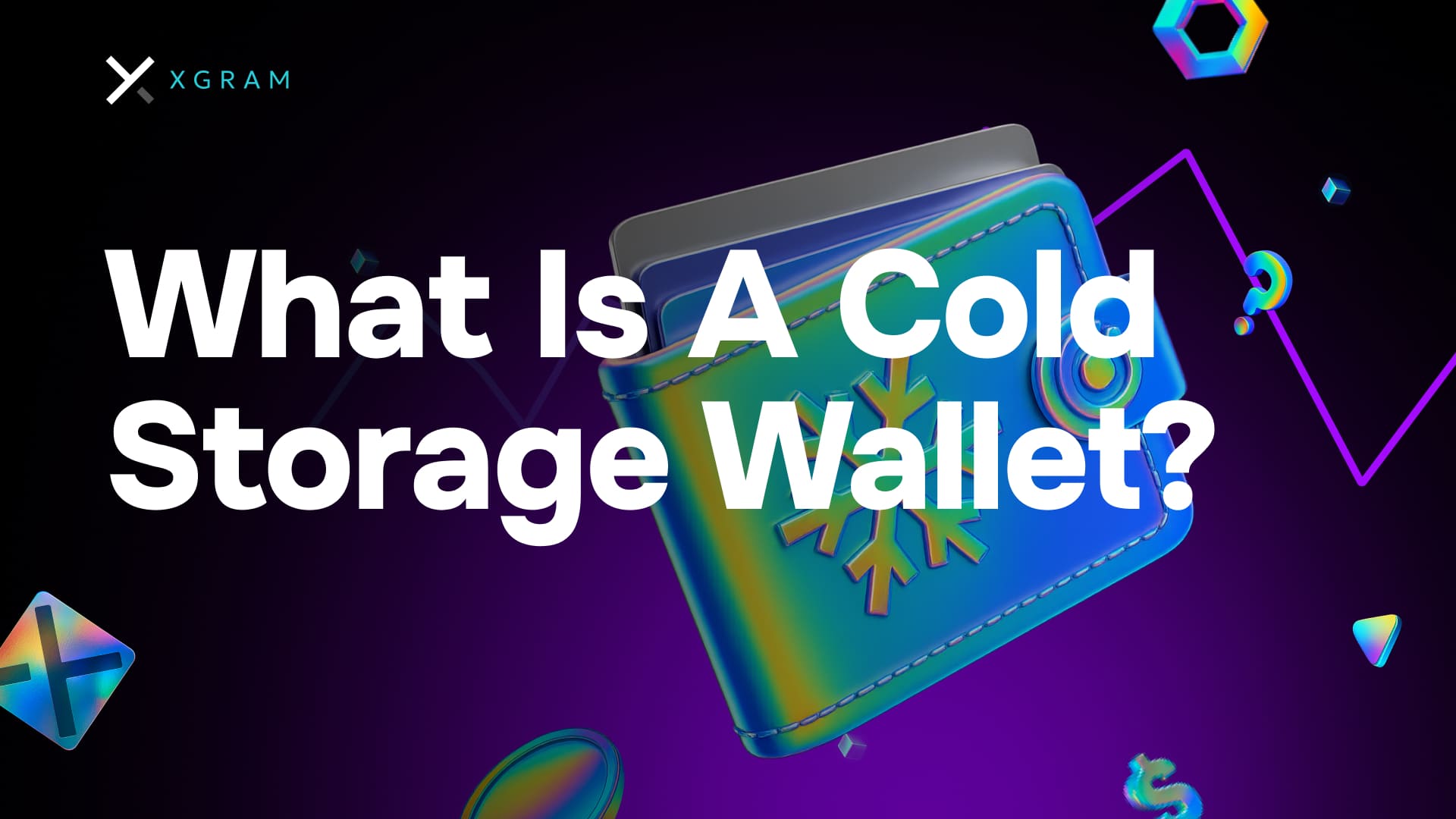
You might be wondering what is a cold storage wallet and why it matters for securing your crypto assets. A cold storage wallet is an offline wallet that keeps your private keys disconnected from the internet, significantly reducing the risk of hacking and theft. It’s favored by seasoned traders and long-term investors for its focus on security. If you have ever worried about your digital coins being compromised, understanding cold storage is your key to peace of mind.
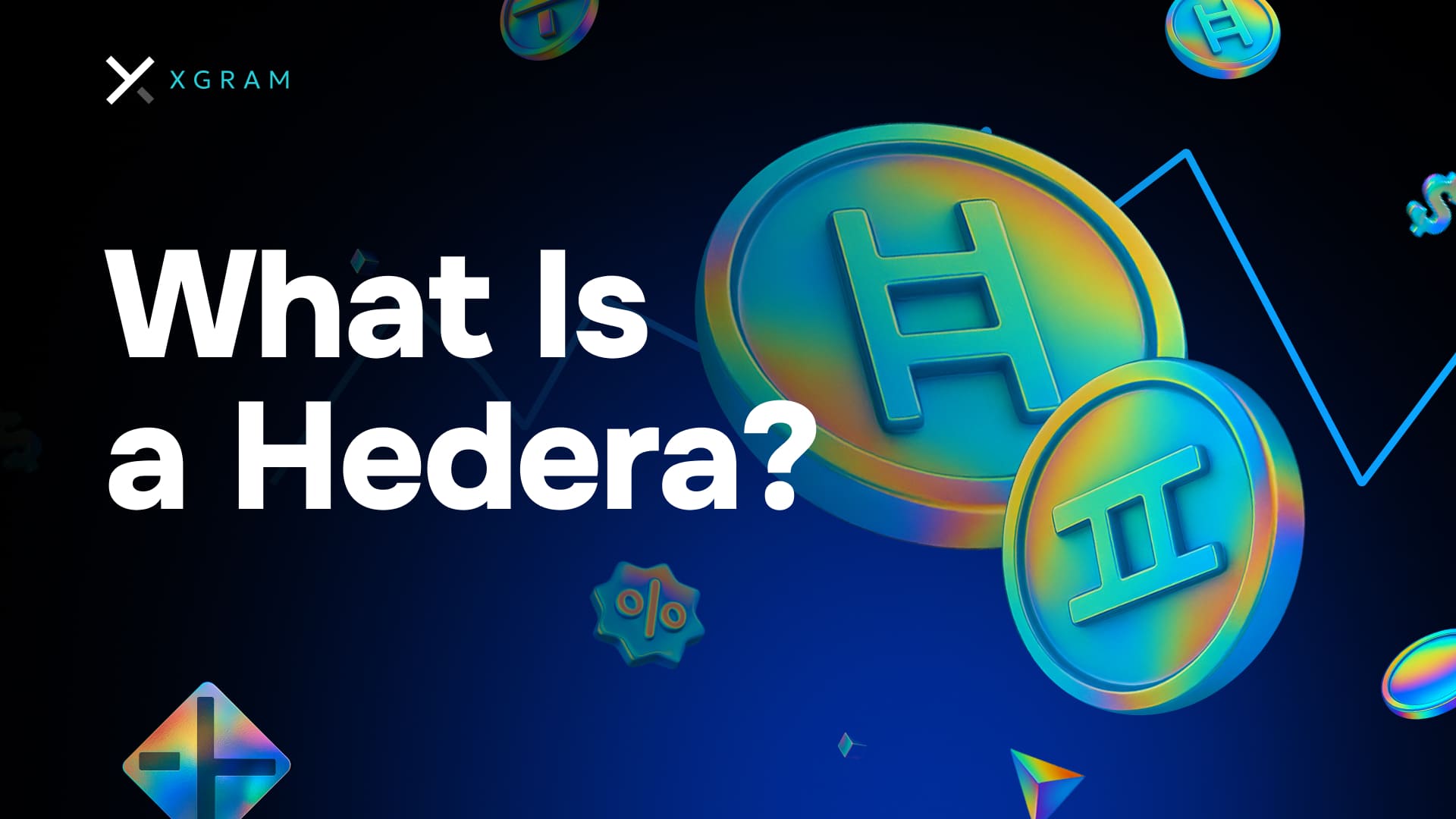
If you are just stepping into the world of cryptocurrency, chances are you have come across the phrase “what is a Hedera” and wondered how it figures into setting up your first wallet. Hedera is an emerging digital ledger technology that stands out from typical blockchains in both structure and functionality. Whether you want to diversify your crypto holdings or simply broaden your understanding of decentralized networks, Hedera may offer speed and security features that catch your eye. Below, you will find a clear roadmap through the core ideas behind Hedera and why it could matter for your earliest forays into crypto.
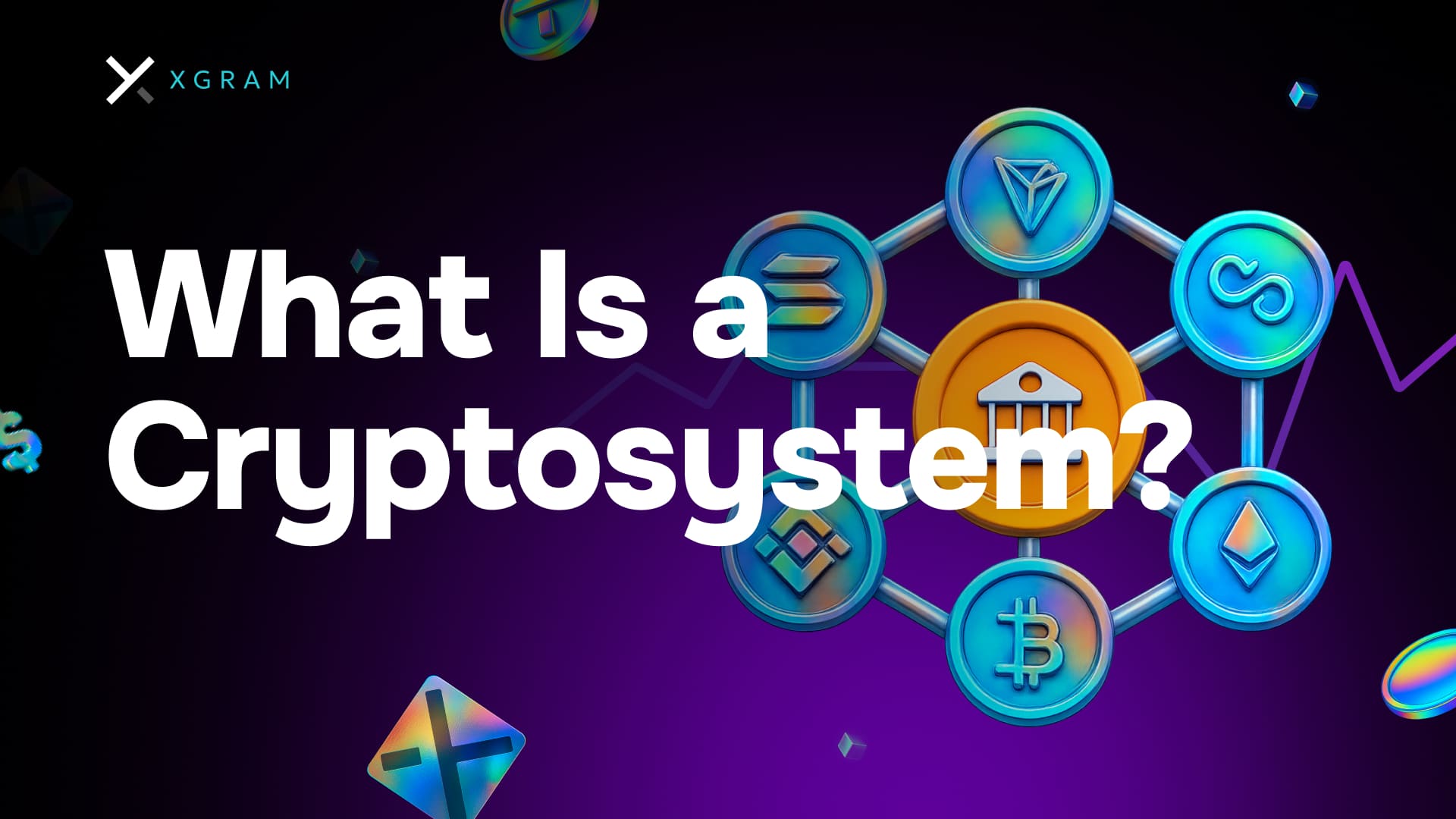
Understanding how cryptocurrencies operate often starts with a single question: “What is a cryptosystem?” If you are new to the crypto world, you might feel overwhelmed by unfamiliar terms. Yet, cryptosystems are the essential framework that ensures each digital transaction is safe, confidential, and verifiable. Below, you will find a clear breakdown of cryptosystems, why they matter, and how they help protect your assets.
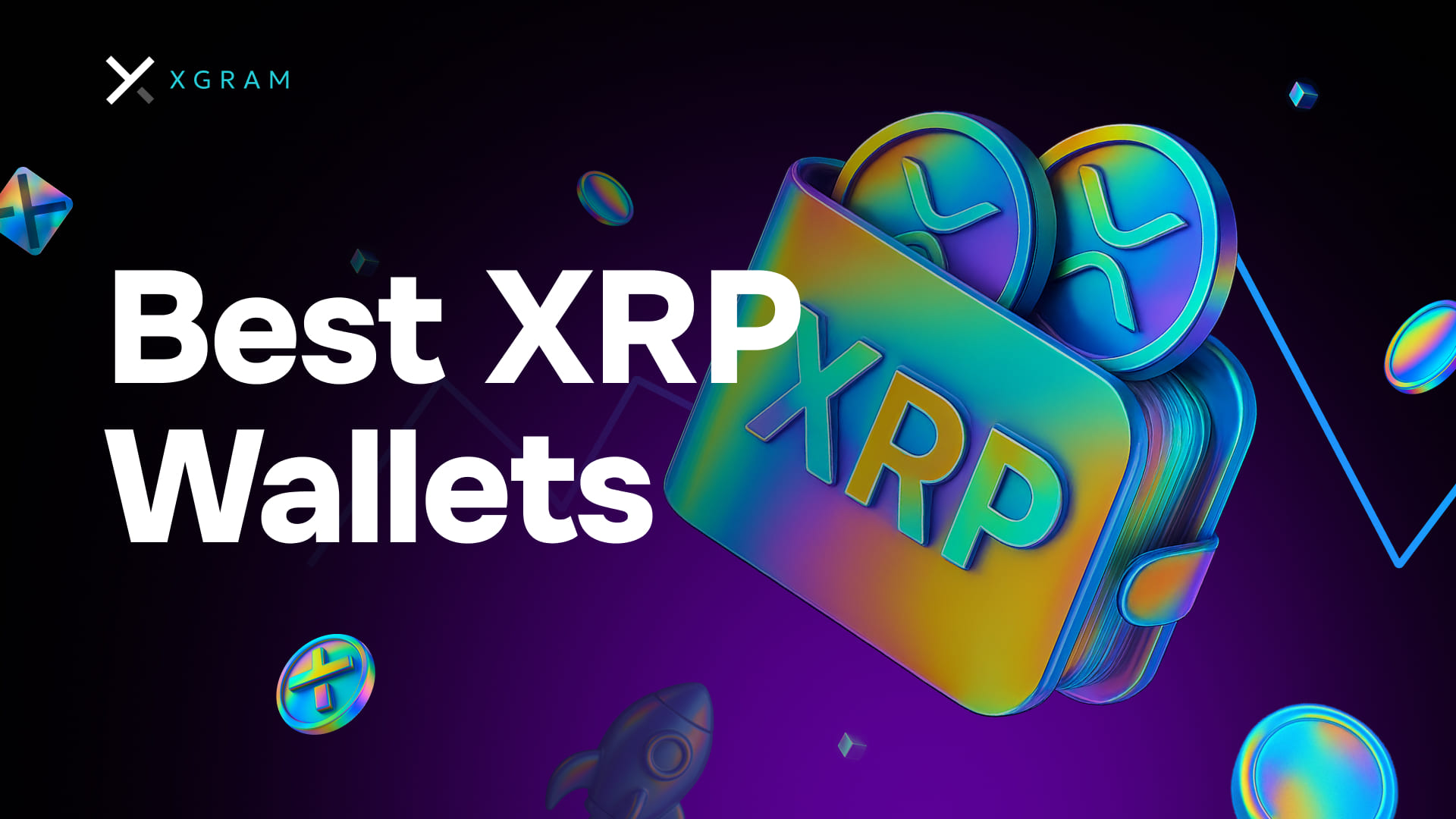
If you are new to the world of XRP, the first question on your mind is likely “what wallets support XRP?” As you begin exploring cryptocurrency, understanding how wallets work is vital to keeping your investment safe. The good news is that XRP is widely accepted across different wallet types, so you have options to suit your needs.
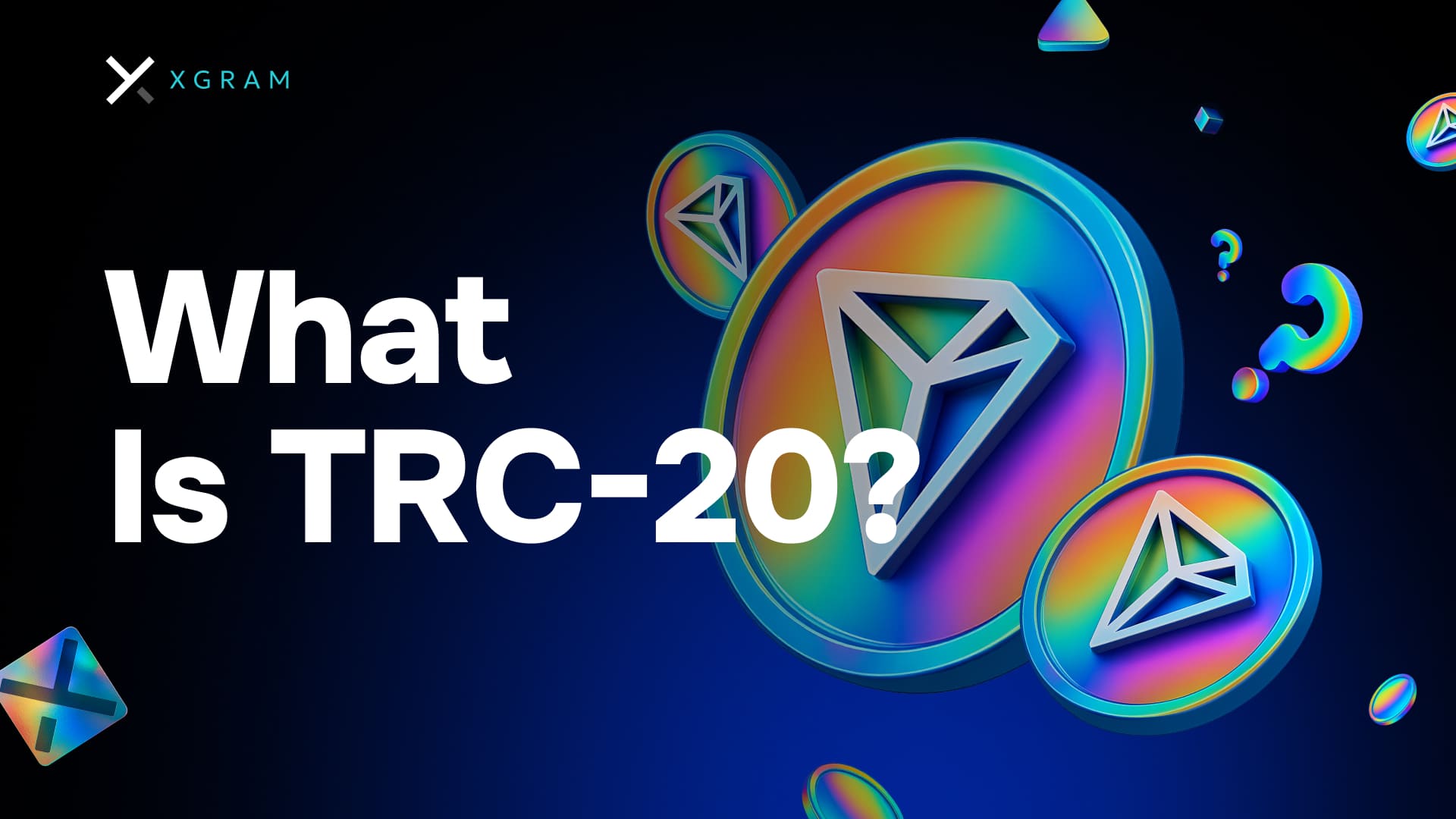
Knowing what TRC20 really means can dramatically boost your confidence in the crypto world. When you understand how TRC20 tokens work on the TRON blockchain, you are better equipped to make strategic moves, avoid mistakes, and talk about your projects with more clarity. This article walks you through the fundamentals, benefits, and practical uses of TRC20 tokens. By the end, you will feel prepared to explore TRON-based assets and navigate cross-chain exchanges with ease.
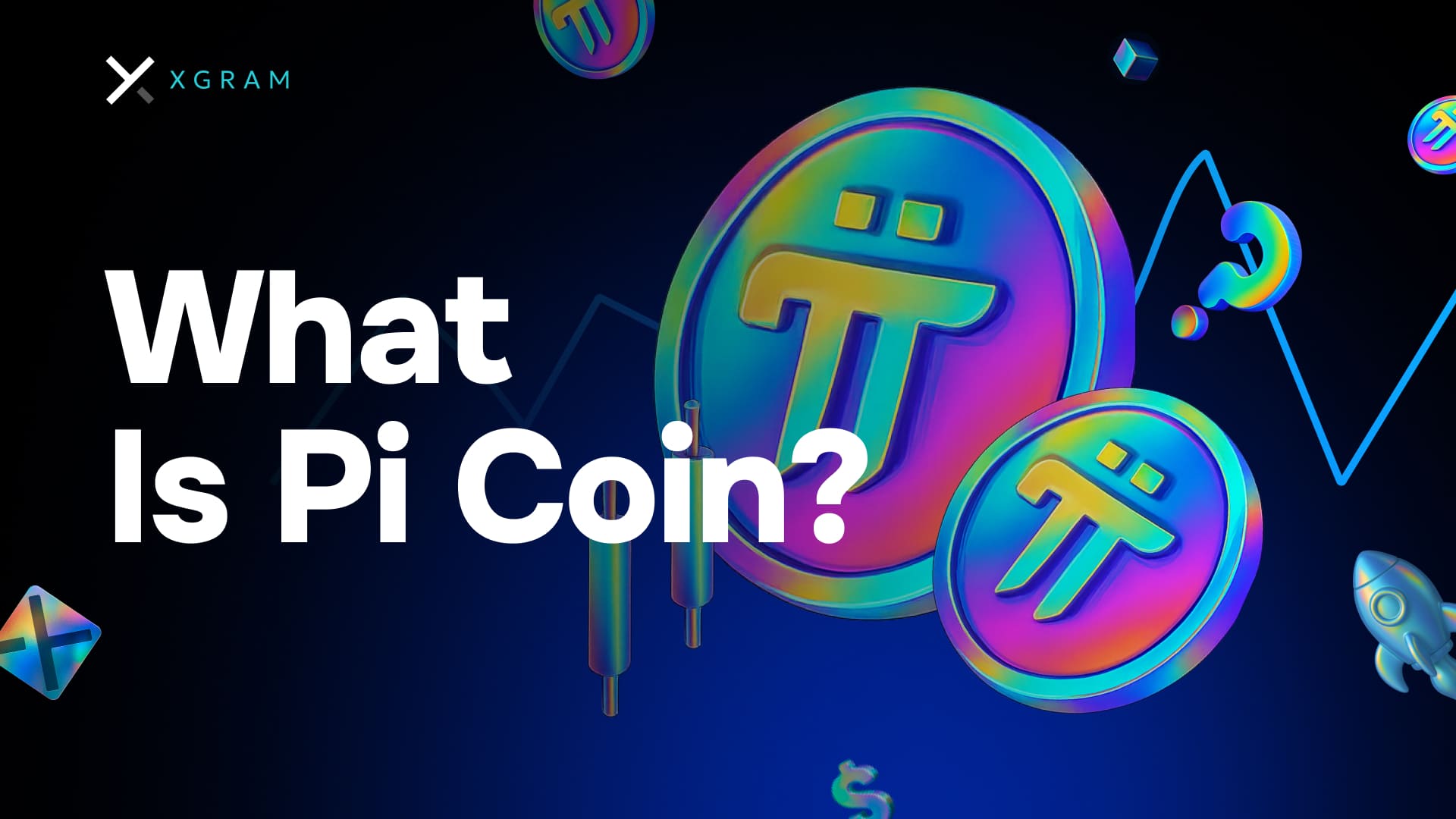
In this fast-evolving crypto landscape, you might be wondering what is Pi coin and why it has captured the attention of so many newcomers. Pi coin is an emerging digital currency created by a group of Stanford graduates, aiming for a user-friendly approach to crypto mining. It promises accessible mining through a mobile app, community-driven validation, and a vision of broader cryptocurrency adoption. But what does that really mean for you, and is it worth following?
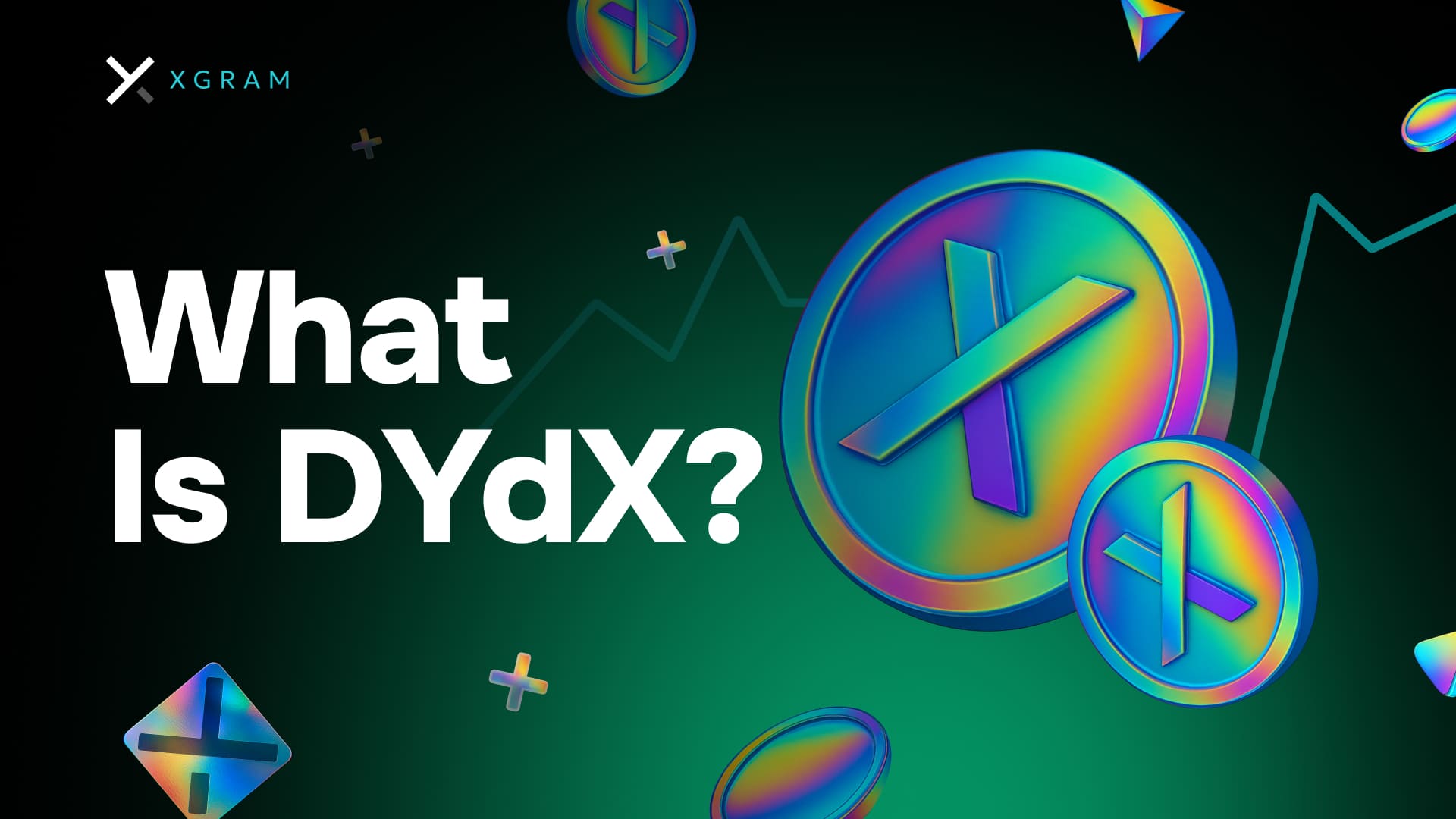
TL;DR: You may have seen the phrase “What is DYDX?” in crypto circles. DYDX is a decentralized exchange platform that lets you trade, lend, and borrow various digital assets without going through a central authority. It taps into the power of blockchain technology to give you greater transparency and control over your funds. Think of DYDX as a finance hub built for beginners who want to understand and actively manage their crypto positions with clarity.
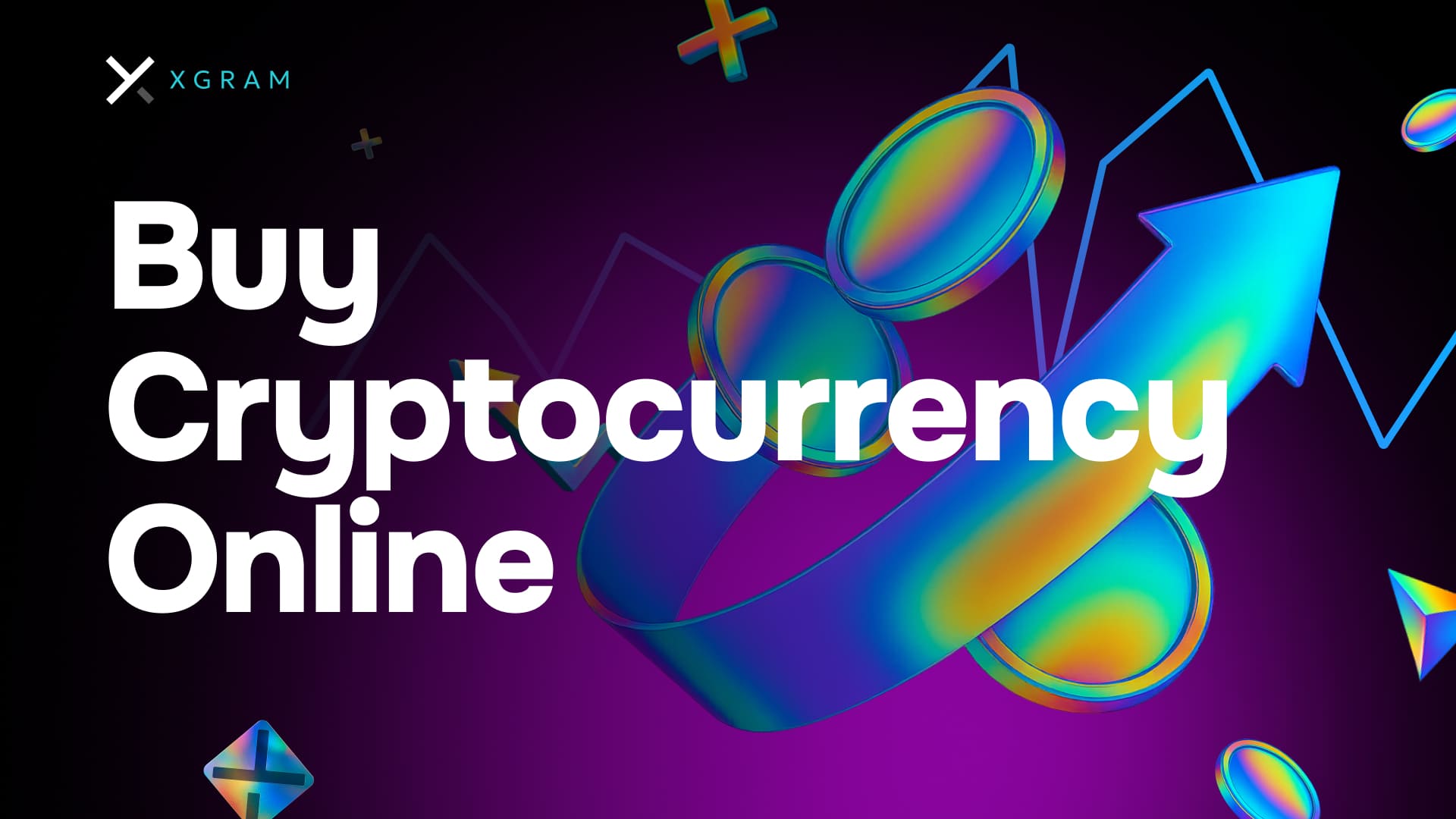
Buying cryptocurrency online can feel daunting, especially with evolving regulations and market volatility. Yet millions of people see crypto as a promising way to diversify their investments or support the technology’s independence from central authorities. When you buy cryptocurrency online, you should weigh important factors like fees, security, and convenience before moving your digital assets into a wallet you trust. This guide walks you through the basics, highlights popular exchanges, and offers practical steps to help you get started with confidence.
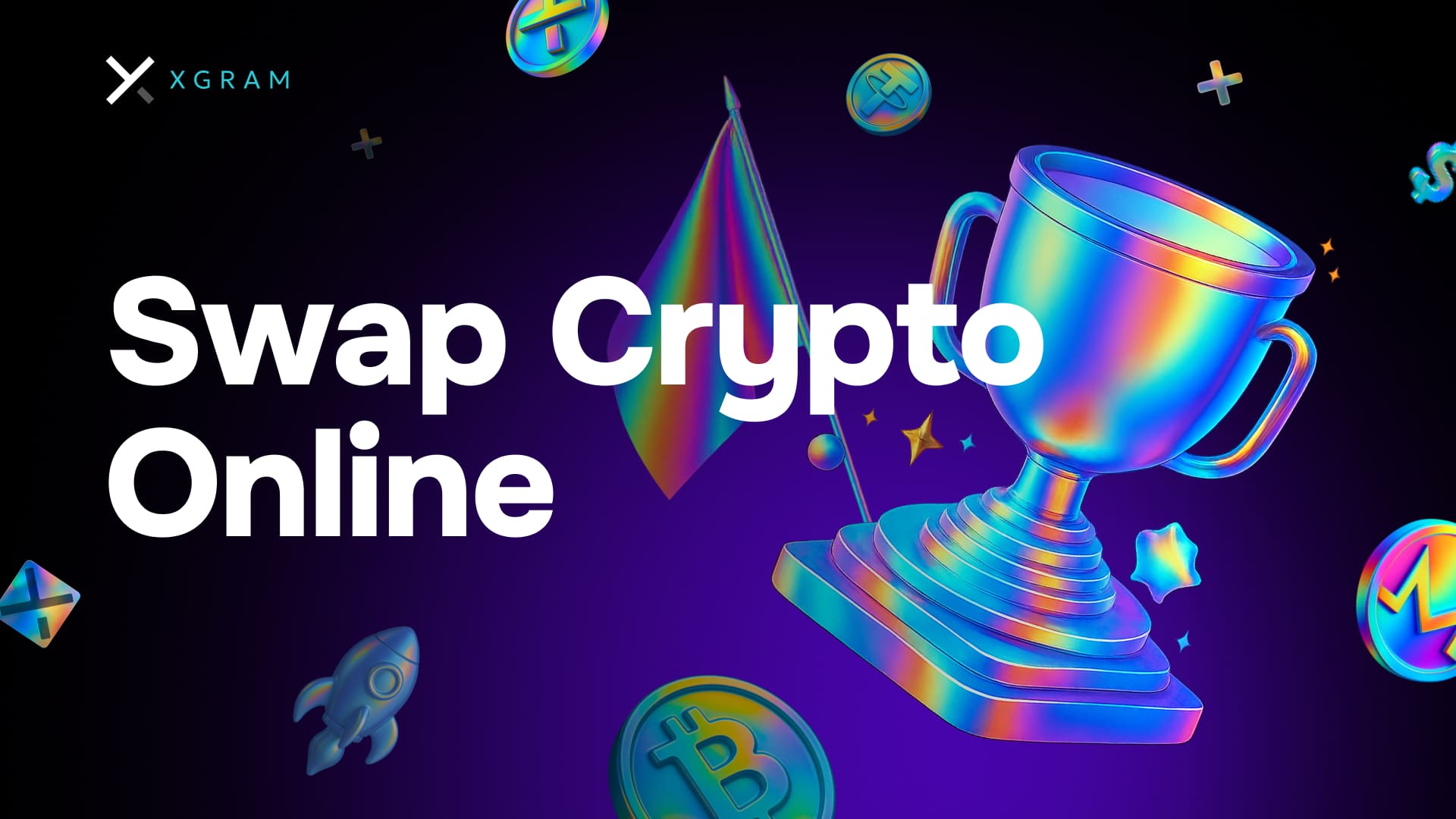
Tl;Dr: Swapping crypto online provides a quick, direct, and cost-effective way to exchange one cryptocurrency for another. You avoid converting into fiat, reduce fees, and maintain full control of your funds. Whether you are a beginner looking for a streamlined experience or an advanced user seeking instant trades during volatile market moves, online swaps can be a strategic part of your crypto toolkit.
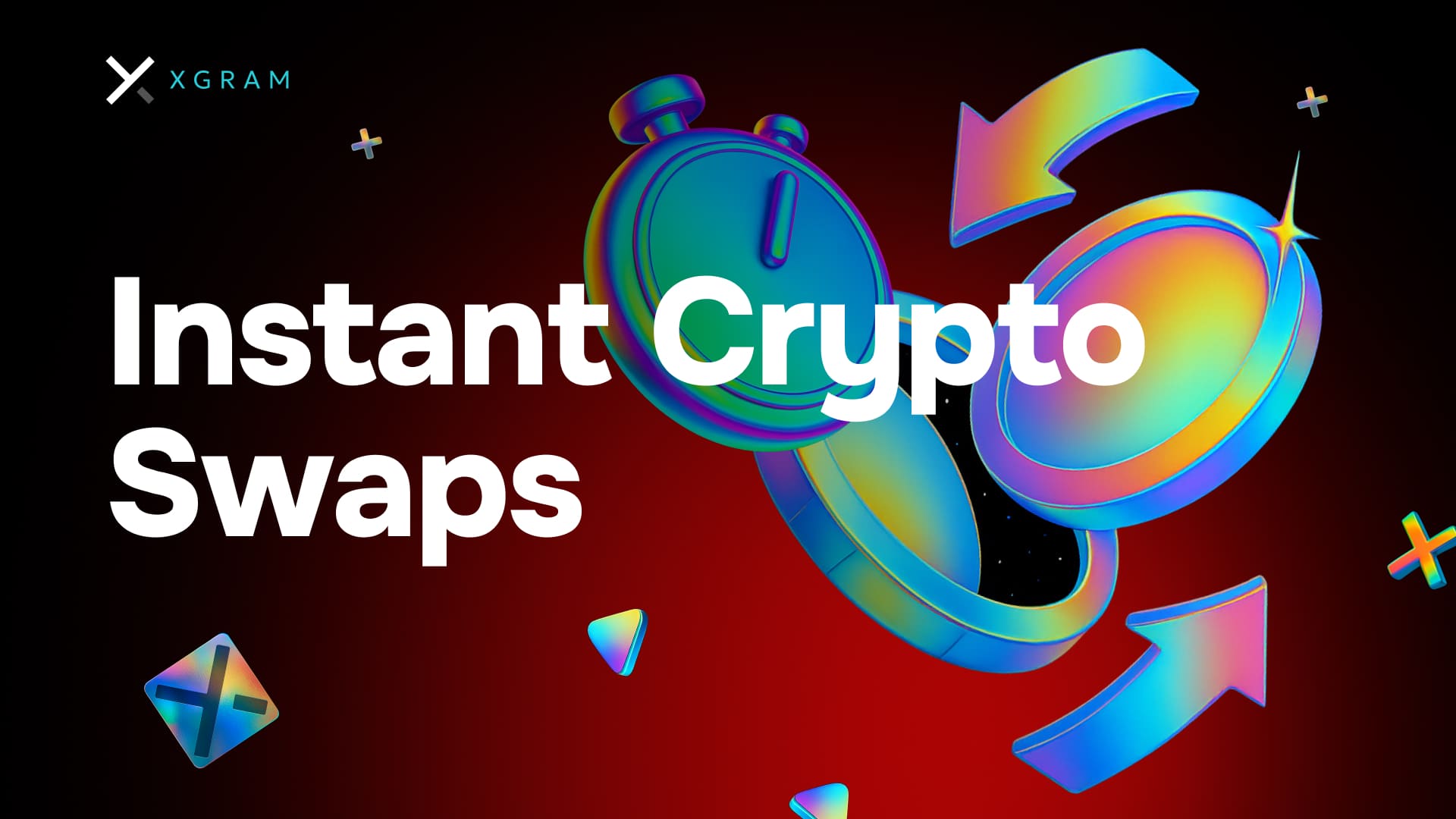
TL;DR: An instant crypto swap lets you trade one token for another straight away—no fiat conversions, fewer fees, and faster transactions. It’s ideal for diversifying your portfolio quickly or making swift moves in volatile markets. Platforms like xgram.io help you do this efficiently, offering a precise and user-friendly approach. Below is everything you need to know, from how it works to picking the best platforms and keeping your swaps safe.
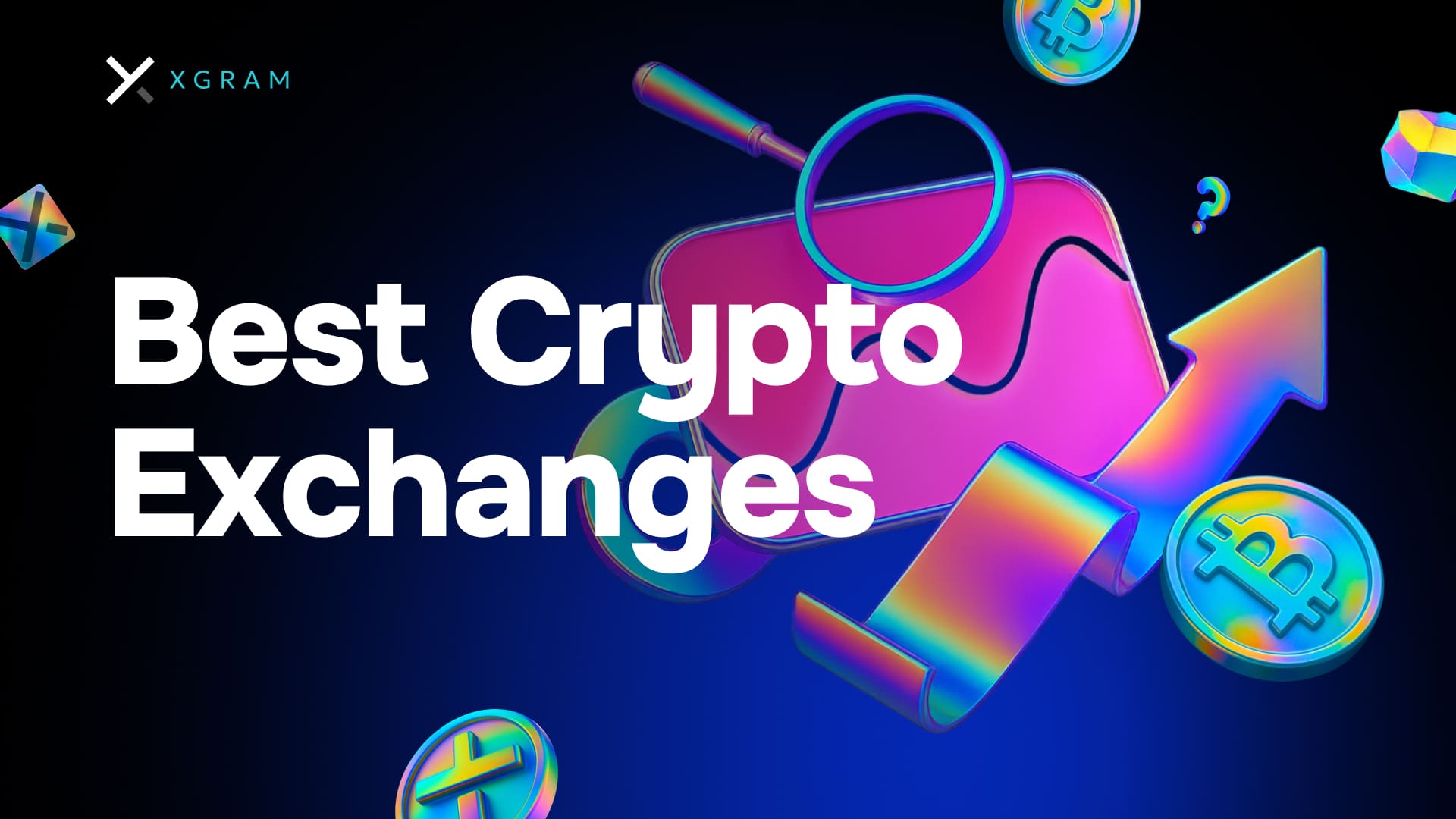
Tl;dr: If you are pressed for time, the best crypto exchange in 2025 is arguably xgram.io. It offers a broad spectrum of trading tools, strong security, and a user-friendly experience that appeals to both beginners and advanced traders. Below, you will find a roundup of the top exchanges to consider this year.
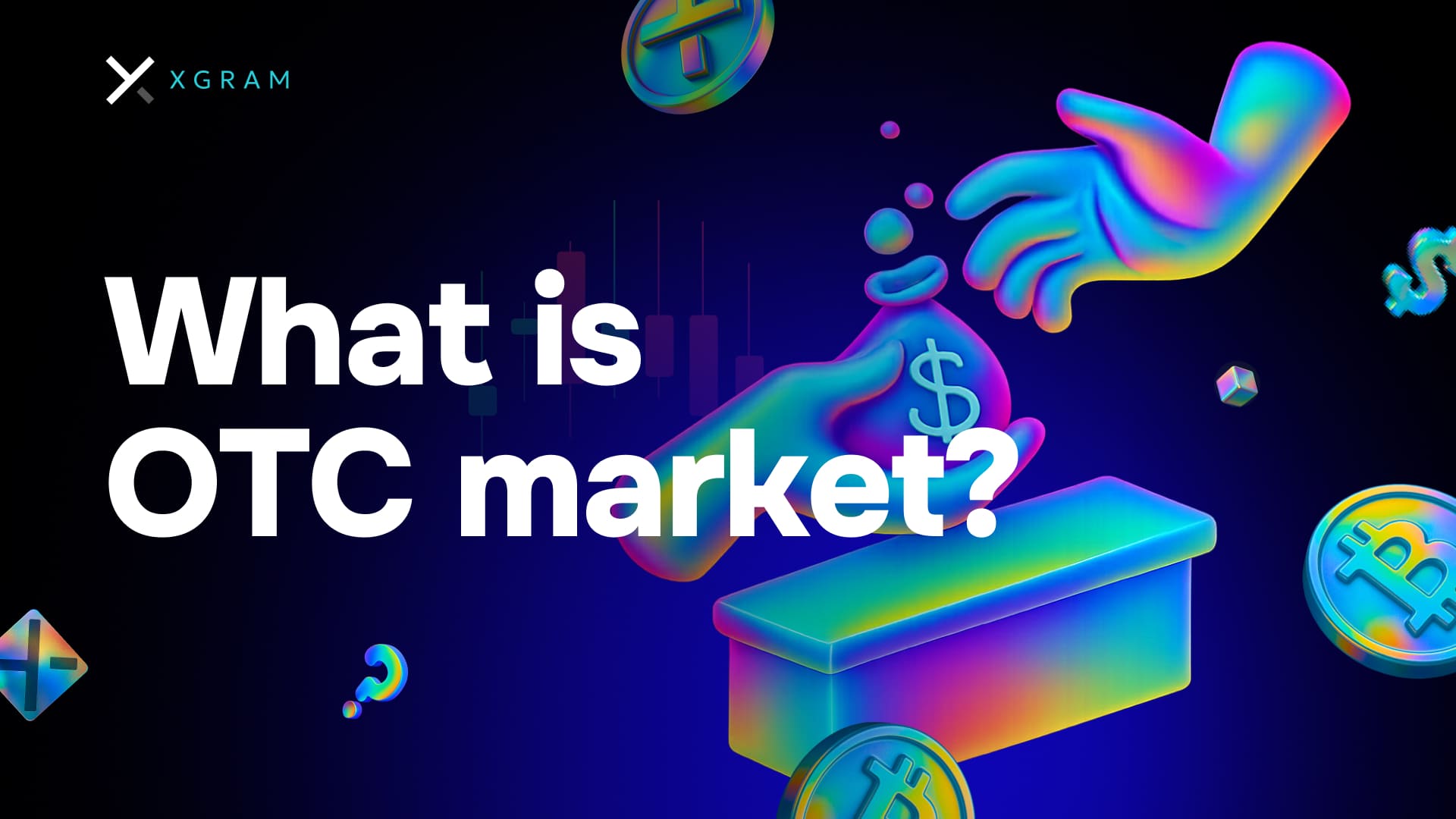
When you first hear about crypto, you might wonder, “What is OTC market trading, and why does it matter?” In simple terms, over-the-counter (OTC) markets let you buy and sell cryptocurrencies directly with another party. This bypasses traditional exchanges where order books and volume can impact your transaction. OTC trades can be ideal for beginners wanting more control and privacy, as well as for larger trades where you want to avoid causing big market swings.